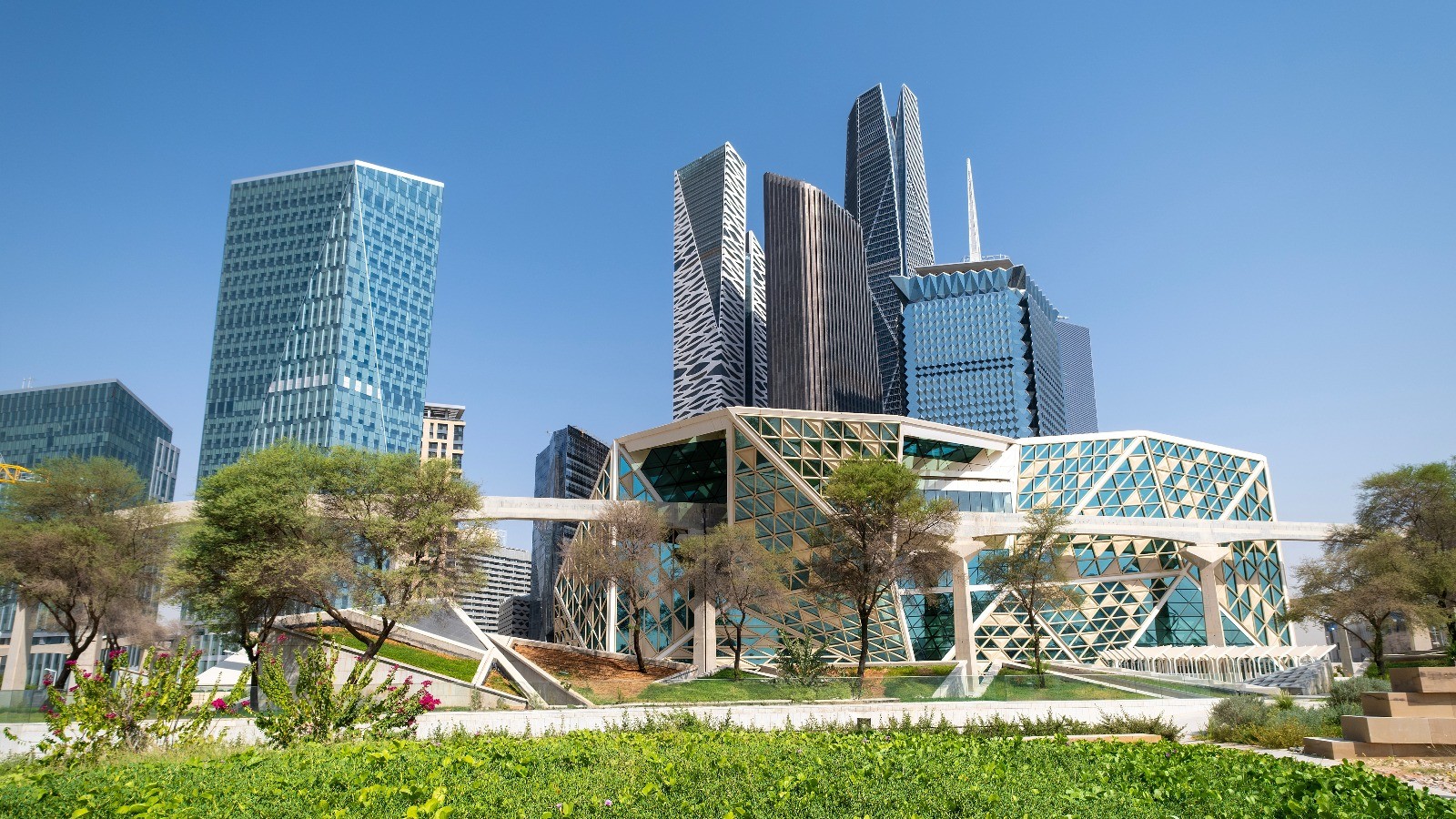We unite expertise and tech so you can outthink, outpace and outperform

We unite expertise and tech so you can outthink, outpace and outperform

Value in motion
The Middle East’s time to lead is now
Trillions of dollars are in motion as AI, climate and trade reshape global growth – setting the stage for a bold new economic future.
Tech powered
Explore human-led and tech-powered insights, delivering the latest thinking from across the Middle East technology landscape.
Transforming our Region webcast: Future insights - ME Transact & IPO+ Updates 2025
We were delighted to host the Transforming Our Region webcast on Tuesday, 23 September at 4:00 PM GST, with Stephen Anderson, Chief Strategy & Technology Officer, PwC Middle East, as host.
Stephen was joined by Zubin Chiba, Corporate Finance Leader, and Rand Shuqair, Director, Corporate Finance, who presented the TransAct Middle East Mid-Year Update, showing how M&A activity in the region continued to defy the global slowdown, supported by sovereign capital, reforms, and high-growth sectors.
Issues
Middle East businesses and governments are constantly adapting to change and uncertainty as a way of life.
Careers
PwC is all about you. Whether you're just starting out or are an experienced professional, your future starts here.
Media Centre
Keep up with our latest news and articles on current issues, check out the recent TV and radio interviews with PwC experts.












